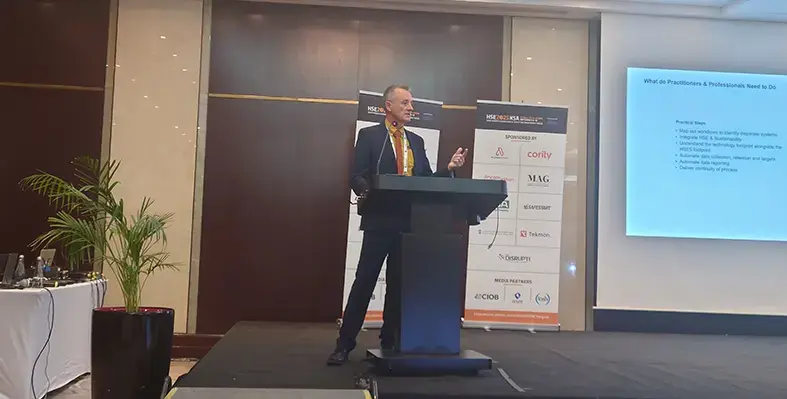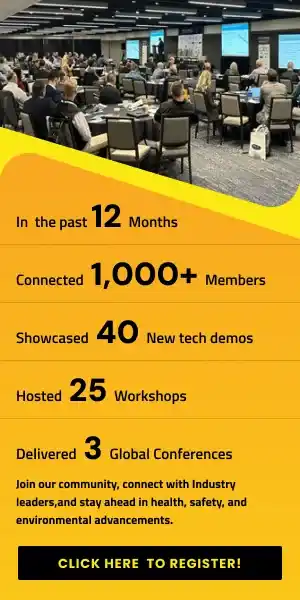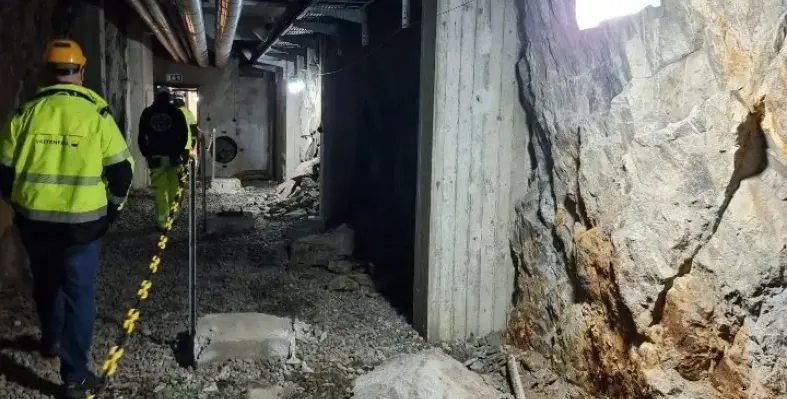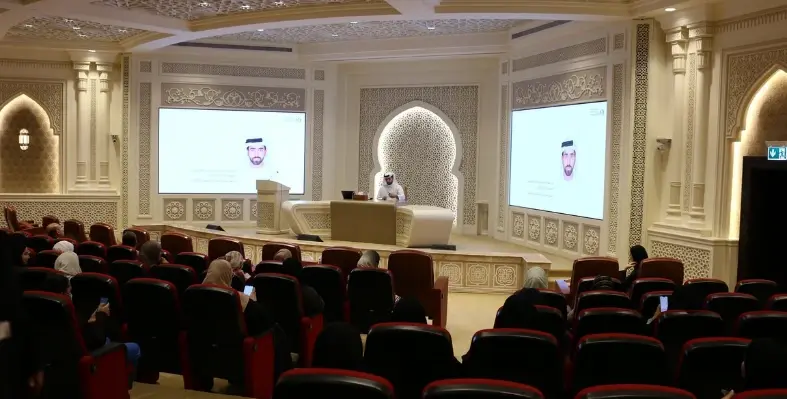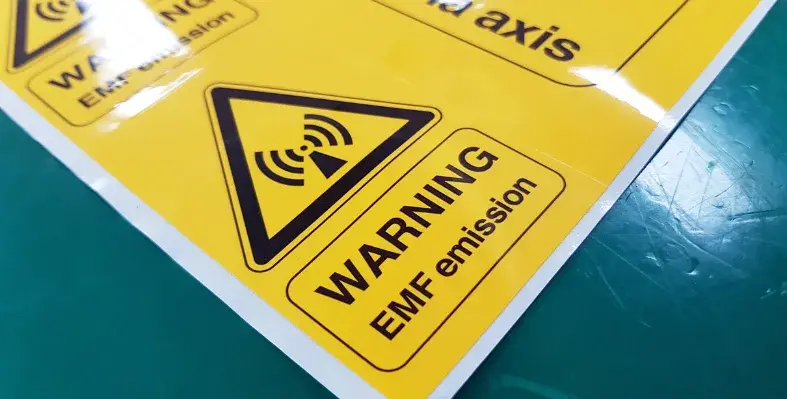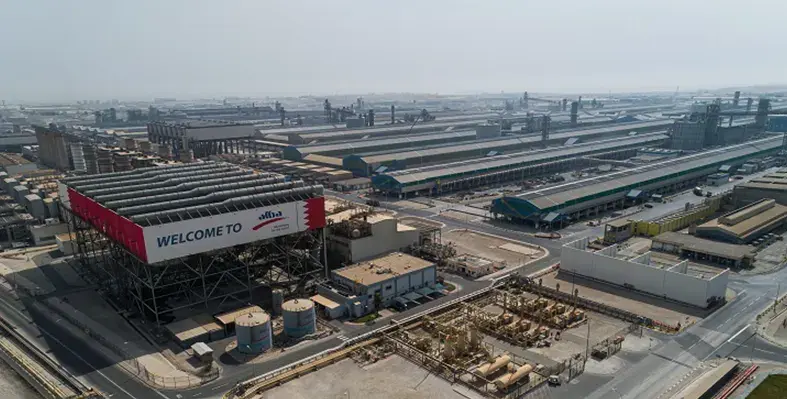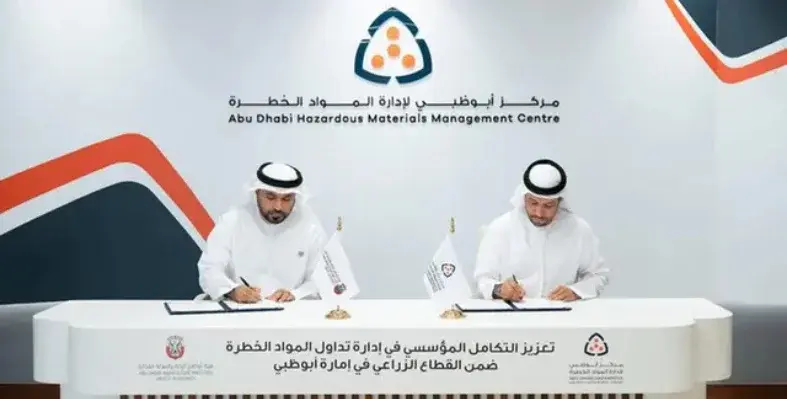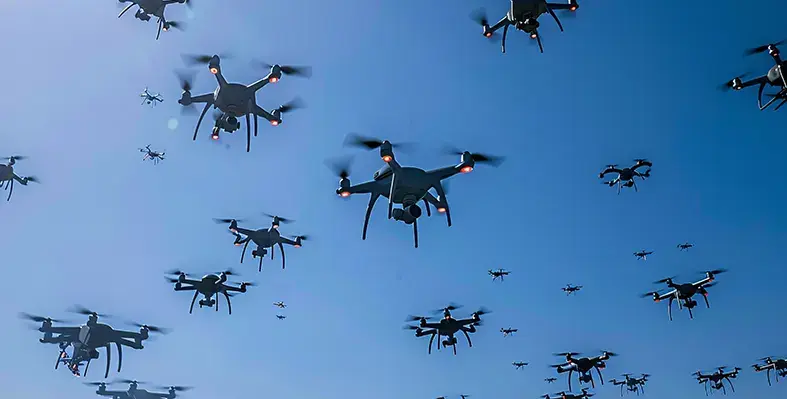At HSE KSA, held in Riyadh from 9-10 September, Dr. Paul Robinson, managing director of Acumen, gave a keynote presentation underlining the importance of building a proactive and connected digital footprint to support HSE and sustainability practices, and providing valuable advice to help organisations more effectively manage their digital footprint
Robinson began by stressing how important it is to understand the digital footprint, and its impact from an HSE and sustainability perspective.
“We’re all consumers of technology at the workplace, and every time we use a technology platform we are creating a digital footprint,” he said, explaining that while HSE professionals now have access to a huge range of software solutions and easily-implemented cloud-based solutions, this proliferation has also increased the complexity and messiness of the digital footprint. As a result, IT departments can become reactive rather than proactive.
Understanding the digital footprint
Defining the digital footprint, Robinson said, “In a nutshell it is those tools, technologies and solutions that help collect analyse, process and report on data. Put simply, it is those technologies you use every day, it is that digital capability for collecting and processing data.”
The HSES digital footprint can take many forms, from the everyday office tools used to collect HSES data, everyday mobile applications and in-field data collection, to ERP systems and integrated HSES systems.
“It’s all those elements put together.”
He emphasised that not all digital footprints are the same, and that some work better than others.
Discussing the challenges of managing the digital footprint, he explained that in many organisations, HSE and sustainability are often an afterthought, leading to a messy digital footprint with data in silos. With AI, the annual cycle of data collection, analysis and reporting becomes more complex.
“AI is not just collecting data, it isn’t just processing data, It’s becoming your 24/7 eyes on your data and your environment. So importantly, your technology platform has to allow you to collect data, analyse data, allow reporting both internal and external, allow you to baseline and allow you to have access to historical data.”
Robson introduced the ‘reach and range’ concept from Howard Business School, which helps conceptualise an organisation’s digital footprint in terms of how richly it can collect data.
“Reach is how far your HSE systems can reach into your organisation, and range is how rich those systems can allow you to collect data. The better the reach and better the range you have, the better systems and technologies you will have.”
Integrated vs disparate systems
Robinson discussed the importance of integrating safety and sustainability practices into daily work activities to reduce the annual effort required for data management, explaining that most organisations have a mix of integrated and disparate systems, which complicates management and increases the risk of losing critical data.
He shared case studies comparing an organisation with disparate systems looking to manage safety and sustainability in silos, with one operating a fully integrated system and managing safety and sustainability with a connected strategy. He highlighted the resource-intensive nature of managing disparate systems, explaining that a connected digital footprint reduces effort, enables continuity, automates processes and facilitates smoother workflows.
Introduction of new tools
Robinson underlined the need for a connected digital footprint to support the implementation of new tools and technologies efficiently. He explained that the introduction of new technologies, such as behavioural-based safety and AI, further complicates the digital footprint if not properly integrated, creating more data and more complexity along with the potential for errors and loss of data.
“AI is all-engulfing, and your digital footprint and technology stack have to support that. As HSE and sustainability practitioners, you need to be aware of the impact this could have on your organisation and how to manage it,” he said.
Avoiding disparate and closed systems and those that will not allow change and evolution is critical.
“A connected approach will allow you to implement newer technologies, newer tools, newer techniques, and AI more easily. Importantly, they are embedded into your workflows, becoming part and parcel of your daily activities.
“Fully integrated systems need to be in place, where you can access data across safety, across sustainability, across health, across training, across jobs. That’s really, really important.”
Practical steps
Offering some practical steps for a better HSES footprint, Robinson suggested,
• Map out workflows to identify disparate systems
• Integrate HSE and sustainability
• Understand the technology footprint alongside the HSES footprint
• Automate data collection, retention and targets
• Automate data reporting
• Deliver continuity of process
Concluding, Robinson advised, “Think about your digital footprint, the clear continuity of your digital footprint, your reach and range, and be integrated and connected. It will make a huge difference if you can start to bring your systems together and make your HSE and sustainability systems part of your everyday systems, rather than disparate reporting systems.”




